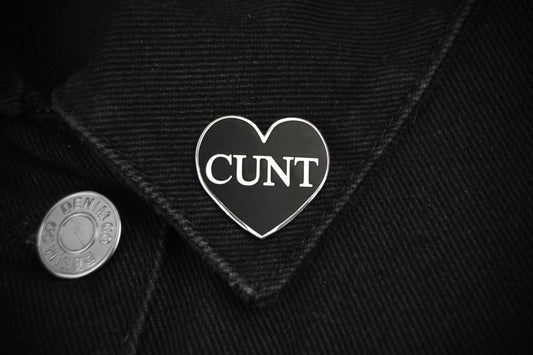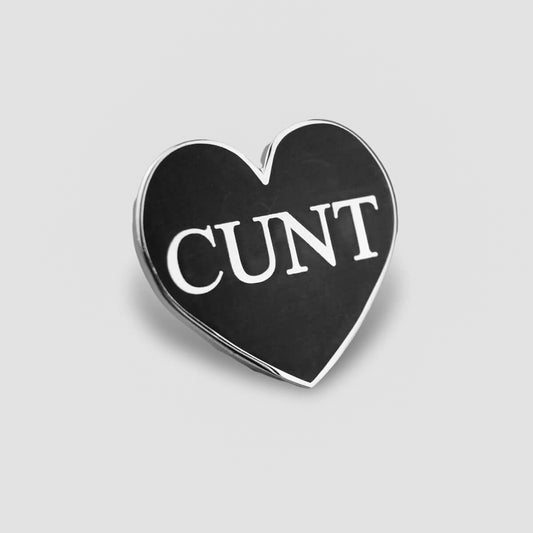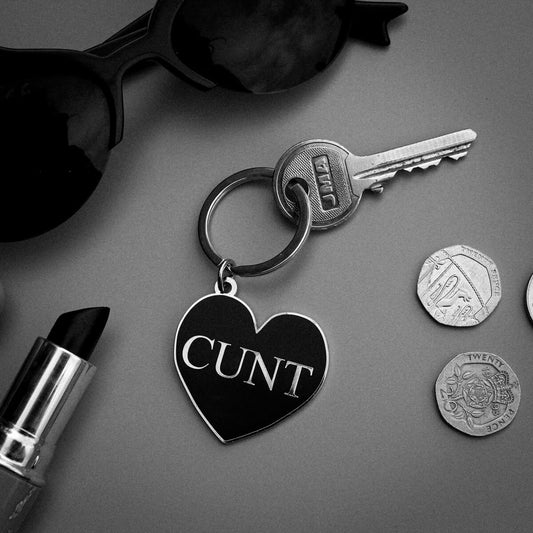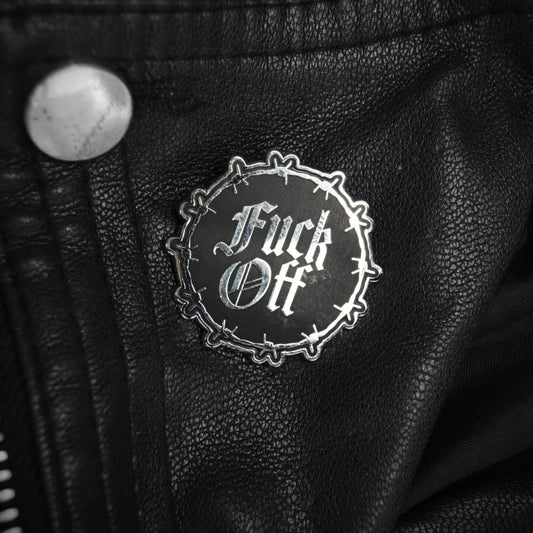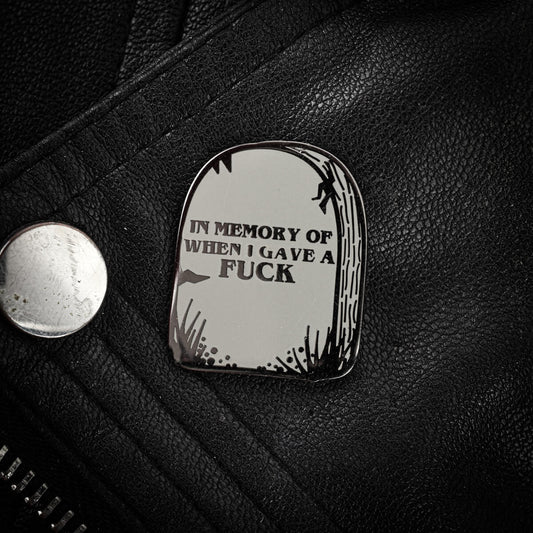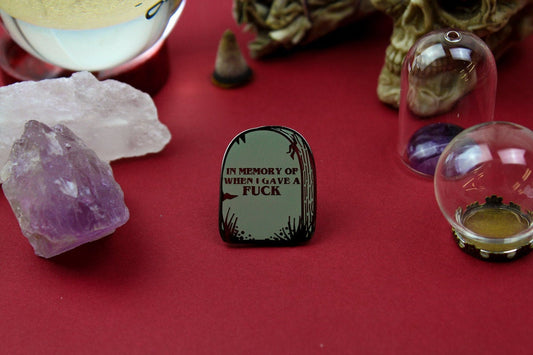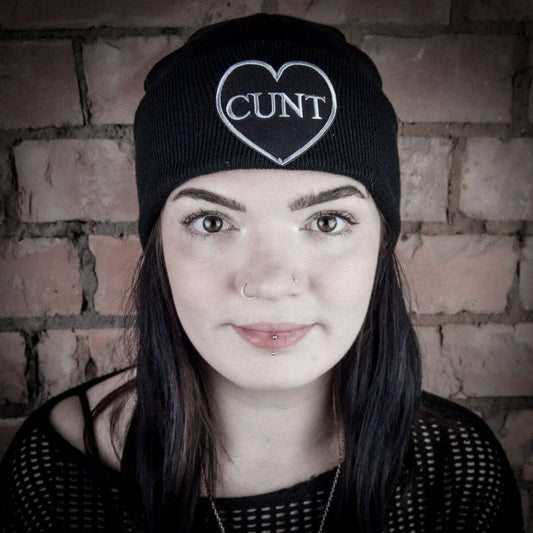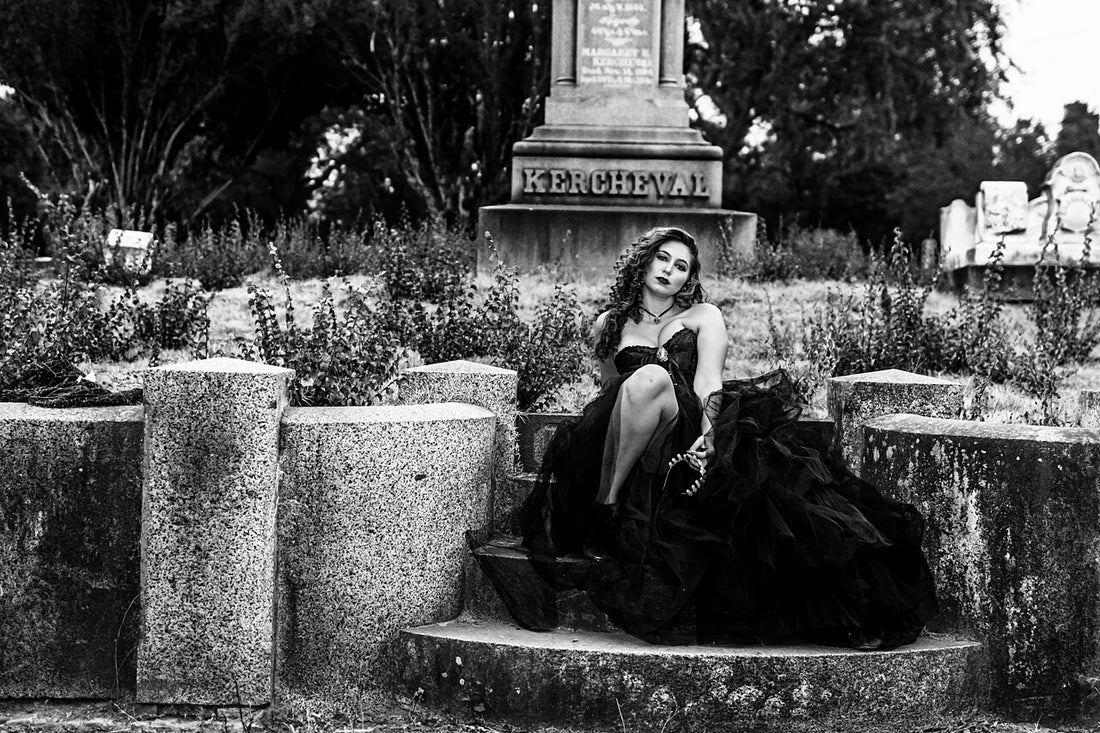
How Has Goth Culture Evolved Over the Years?
Share
Introduction
Goth culture, with its distinctive aesthetic and unique outlook, has undergone significant changes since it began. Originating in the late 1970s and early 1980s, goth culture emerged as a rebellious response to mainstream norms, drawing inspiration from punk rock and post-punk music. From its humble beginnings in underground clubs to its global presence today, goth culture has evolved in many ways while retaining its core identity.
In this blog, we will explore the key changes and lasting aspects of goth culture over the years, tracing its development from its origins to its current forms. From the evolution of goth music and fashion to shifts in societal attitudes and media representation, we will examine the diverse facets of goth culture and how it has adapted to changing times while maintaining its distinctiveness. Through this exploration, we aim to gain a deeper understanding of the evolution of goth culture and its enduring significance in contemporary society.
Early Beginnings
Goth culture has significantly evolved since it began in the late 1970s and early 1980s. Initially emerging from the post-punk movement, goth culture drew heavily on the raw, rebellious energy of punk rock while infusing it with a darker, more introspective aesthetic. Early goth bands like Siouxsie and the Banshees, Joy Division, and Bauhaus played a crucial role in shaping the sound and look of the scene. These bands combined punk's DIY ethos with the brooding atmospheres of Gothic literature, creating music characterised by haunting melodies, melancholic lyrics, and a sense of theatricality.
In the early days, goth culture was a reaction against the mainstream and a refuge for those alienated by dominant societal norms. The bleak economic climate and social unrest of late 1970s Britain provided fertile ground for a subculture that embraced themes of existential angst, romanticism, and a fascination with the macabre. The fashion mirrored the music's mood, with goths wearing dark, dramatic clothing often inspired by Victorian and Edwardian styles. Fishnet stockings, leather jackets, and heavy makeup became the hallmarks of goth style, creating a striking visual statement against the backdrop of a rapidly changing society.
As goth culture spread throughout the 1980s, it began to diversify, giving rise to subgenres like deathrock, darkwave, and ethereal wave. Each subgenre brought its own nuances to the scene, but all maintained the core elements of darkness and introspection. The advent of bands such as The Cure and The Sisters of Mercy helped goth gain a wider audience, even as it remained a subculture that thrived on the fringes of the mainstream.

By Unknown - Lansure's Music Paraphernalia, Public Domain, Link
Expansion of Goth Music
Goth culture has expanded and diversified significantly since its early days, particularly through the evolution of its music. The initial goth sound, typified by bands like Bauhaus, Siouxsie and the Banshees, and Joy Division, laid the groundwork for what would become gothic rock. This genre is identified by its dark, atmospheric soundscapes, melancholic lyrics, and theatricality. Darkwave bands like Clan of Xymox and The Sisters of Mercy added layers of synth and electronic elements to the traditional goth rock sound, while ethereal wave bands such as Cocteau Twins and Dead Can Dance introduced more ambient, romantic, and otherworldly qualities to their music.
The 1990s saw further diversification with the rise of gothic metal and industrial goth. Bands like Type O Negative and Paradise Lost merged the sombre tones of goth with the heavy riffs of metal, creating a new hybrid that appealed to fans of both genres. Meanwhile, industrial acts like Nine Inch Nails and Skinny Puppy incorporated goth aesthetics and themes into their abrasive, electronic soundscapes, pushing the boundaries of what goth music could be. The 2000s continued this trend of fusion and experimentation, with bands like Evanescence bringing a more mainstream, radio-friendly take on goth-influenced music, and groups like The Birthday Massacre blending goth with synthpop and electronica.
In the 2010s and 2020s, goth music has experienced a resurgence and transformation, partly driven by the internet and social media. Bands like She Past Away and Drab Majesty have embraced a retro goth sound, reminiscent of the 80s but with modern production techniques. The influence of goth can also be seen in the rise of darkwave and post-punk revival bands like Boy Harsher and Molchat Doma, who have gained significant followings. Goth culture's use of digital platforms has allowed for a more global exchange of ideas and styles, ensuring that goth music remains a dynamic and evolving force.
Fashion and Aesthetic Changes
Goth fashion has undergone significant changes since its inception, reflecting the broader evolution of the subculture. In the late 1970s and early 1980s, goth style drew heavily on Victorian and romantic influences, combined with elements from punk fashion. Early goths favoured black clothing, dramatic makeup, and accessories like lace, corsets, and silver jewellery. These styles were often theatrical, inspired by historical and literary sources that emphasised themes of melancholy and darkness.
As the subculture grew, so did its fashion diversity. The 1990s saw the emergence of cybergoth, which fused traditional goth elements with futuristic, rave-inspired aesthetics. Cybergoths incorporated bright neon colours, synthetic fabrics, and industrial accessories, creating a look that was both edgy and avant-garde. Around the same time, steampunk gained popularity within the goth community, combining Victorian fashion with industrial and mechanical elements, resulting in a unique blend of historical and speculative aesthetics.
Gothic Lolita, a subgenre that originated in Japan, brought a different twist to goth fashion. Inspired by the Harajuku street fashion scene, Gothic Lolita features elaborate, doll-like dresses with frills, bows, and petticoats. This style blends innocence and darkness, contrasting sharply with the more rugged and rebellious looks of traditional goth fashion. These diverse fashion subgenres highlight the creativity and adaptability of goth culture, allowing individuals to express their unique identities within the broader goth framework.
The evolution of goth fashion has significantly impacted public perception of the subculture. Initially viewed as mysterious and intimidating, goths have challenged and redefined societal norms through their diverse and innovative fashion choices. Mainstream media has increasingly recognised goth fashion, with designers and fashion houses incorporating goth elements into their collections. This broader acceptance has helped demystify goth culture, showcasing its rich diversity and its members' dedication to self-expression and creativity.

Media Representation and Public Perception
Goth culture's portrayal in media has evolved from niche representations to mainstream recognition, significantly influencing public perception. In films, goth characters often fall into two main tropes: the "quirky weirdo girl" and the "goth femme fatale." The former includes characters like Allison Reynolds in "The Breakfast Club," Nancy Downs in "The Craft," and Lydia Deetz in "Beetlejuice." These characters are portrayed as misunderstood but ultimately endearing individuals who stand apart from societal norms. The latter trope, exemplified by Elvira, Vampira, and Morticia Addams, presents goth women as mysterious and alluring figures, embodying both danger and charm.
Literature has also played a role in shaping the perception of goths. Characters like Poppy Picklesticks in Philip Ridley's "Vinegar Street" and the protagonists of Chris Riddell's "Goth Girl" series present a more whimsical and approachable side of goth culture. Poppy Z. Brite's "Lost Souls" offers a darker, more introspective view, exploring the subculture's deeper emotional and philosophical currents. These diverse portrayals in books help to expand the understanding of goths beyond the visual aesthetics, highlighting the subculture's rich emotional and intellectual depth.
Television has similarly showcased goth characters across various genres. The Netflix series "Wednesday," featuring Wednesday Addams, has brought goth culture to a new generation, presenting it in a fresh and relatable light. The goth kids in "South Park," Abby Sciuto in "NCIS," and Richmond Avenal in "The IT Crowd" depict goths as multifaceted individuals, contributing to their normalisation in popular culture. These characters often challenge stereotypes, presenting goths as intelligent, quirky, and deeply human.
Over time, societal attitudes towards goths have shifted from viewing them as outcasts to recognising them as a vibrant and creative community. Misconceptions about goths being antisocial or obsessed with morbidity persist but are increasingly countered by media portrayals that emphasise their individuality and artistic expression. As goth culture continues to be represented in mainstream media, its diverse and inclusive nature becomes more widely acknowledged, helping to dispel outdated stereotypes and foster greater understanding.
Global Spread and Diversification
Goth culture has undergone a remarkable evolution, transcending geographical boundaries and adapting to diverse cultural landscapes. Initially rooted in the UK and US, goth culture quickly spread across continents, each region infusing its own unique influences and interpretations. In the USA, the emergence of deathrock added a raw, gritty edge to the goth sound, with bands like Christian Death and 45 Grave leading the charge. Meanwhile, in Europe, synth-driven acts began to dominate the scene, with bands like Clan of Xymox from the Netherlands, Xmal Deutschland from Germany, and Asylum Party from France pushing the boundaries of gothic music with their atmospheric soundscapes.
As goth culture continued to expand globally, it appeared in unexpected corners of the world. In Japan, bands like BUCK-TICK gained a dedicated following, infusing goth aesthetics with elements of Japanese visual kei. Similarly, in Australia, Nick Cave's dark and brooding music captured the essence of goth, offering a unique perspective on the genre. In South Africa, The Awakening emerged as pioneers of the SA goth scene, blending haunting melodies with thought-provoking lyrics that resonated with audiences worldwide.
As goth culture integrated into different cultures, local scenes began to emerge, each with its own distinct characteristics and influences. From the bustling streets of Tokyo to the underground clubs of Berlin, goth communities flourished, fostering creativity and camaraderie among like-minded individuals. These local scenes not only contributed to the global tapestry of goth culture but also provided a platform for artists to showcase their talent and express their unique perspectives. In this way, goth culture has become a truly global phenomenon, embracing diversity and fostering a sense of belonging for individuals from all walks of life.

Modern Goth Culture
Modern goth culture has undergone huge transformations, largely influenced by advancements in technology and changing societal trends. The rise of social media platforms and online communities has revolutionised the way goths connect and interact with each other. Platforms like TikTok have provided a space for goths to showcase their creativity and express themselves authentically, while YouTube vloggers such as "Random Goth Couple" offer insights into the goth lifestyle and fashion.
Online forums like r/Goth and r/GothFashion on Reddit have become hubs for discussion and sharing of goth-related content, fostering a sense of community among enthusiasts across the world. The emergence of the "babybat" phenomenon, referring to newcomers to the subculture, reflects the continuous evolution and welcoming nature of goth culture. In music, there has been a resurgence of interest in Eastern European darkwave bands, with groups like Molchat Doma gaining international acclaim.
Similarly, the fashion scene has seen a boom in small businesses specialising in goth jewellery, goth clothing and accessories. Alternative emporiums such as our home, Afflecks in Manchester, have become hotspots for discovering unique goth fashion finds. While classic symbols like pentagrams and crosses remain prevalent in goth fashion, there has been a definite shift towards incorporating celestial, astrological, and nature-themed symbols.
However, modern goth culture also faces challenges, including issues of gatekeeping by so-called "elder goths" and online abuse directed at individuals for their non-mainstream lifestyle choices. Despite these challenges, the modern goth community continues to thrive, embracing diversity and creativity as core values.
Conclusion
The evolution of goth culture over the years reflects its adaptability and resilience in the face of changing times. From its origins in the late 1970s to its global spread and diversification in the present day, goth culture has continuously evolved, embracing new influences and trends while staying true to its core values of creativity and individuality. The expansion of goth music, fashion, and online communities has played a significant role in shaping the modern goth scene, allowing enthusiasts to connect and express themselves in diverse ways.
Looking ahead, the future of goth culture appears promising, with continued growth and innovation expected in both music and fashion. As technology continues to advance, goths will likely find new platforms for creative expression and community building. However, challenges such as gatekeeping and online abuse may persist, highlighting the need for inclusivity and solidarity within the goth community.
Ultimately, the enduring appeal of goth culture lies in its ability to provide a space for individuals to embrace their uniqueness and explore alternative forms of self-expression. As long as there are those who find solace and inspiration in its dark aesthetics and introspective themes, goth culture will continue to thrive and evolve, leaving an indelible mark on the cultural landscape for years to come.
